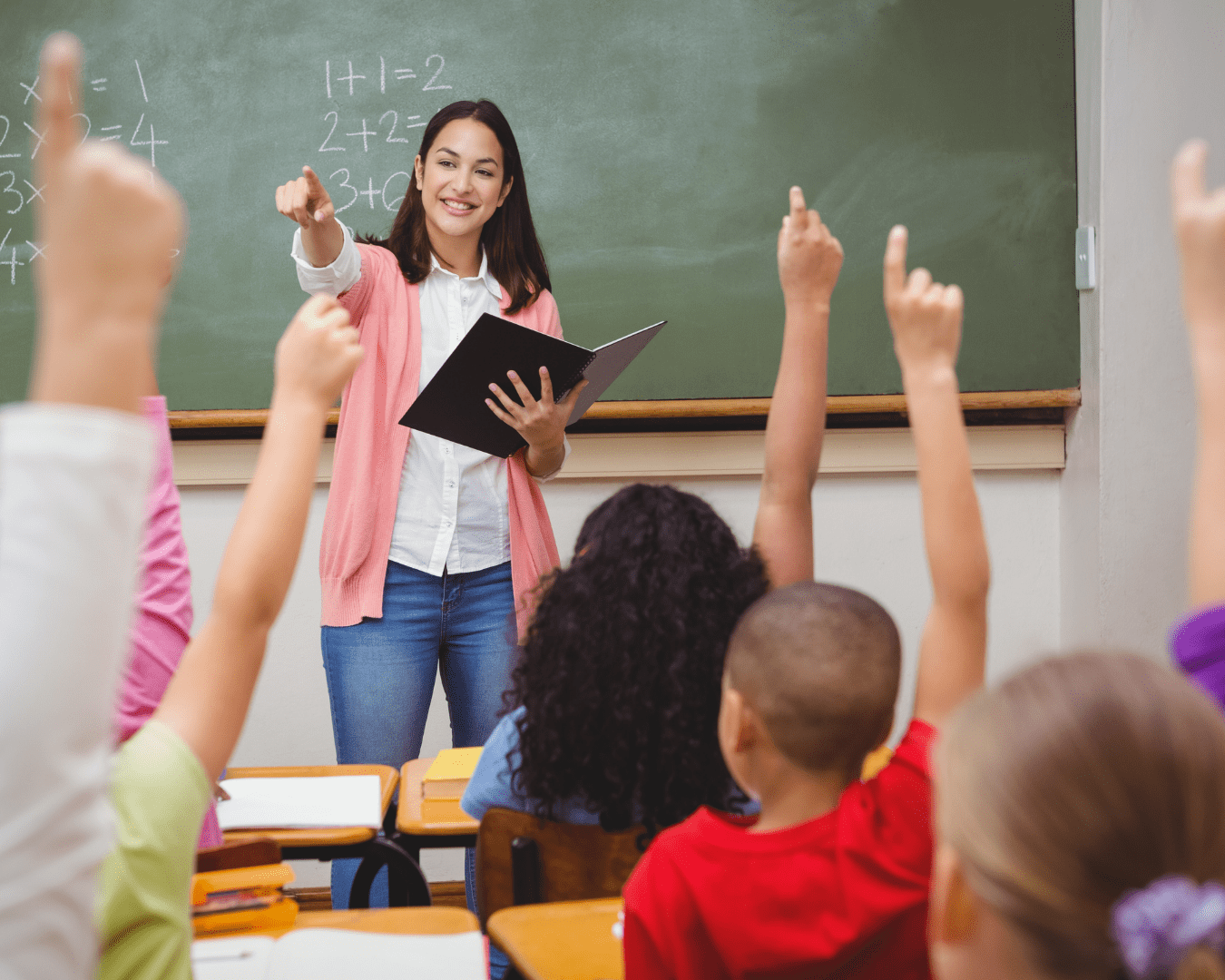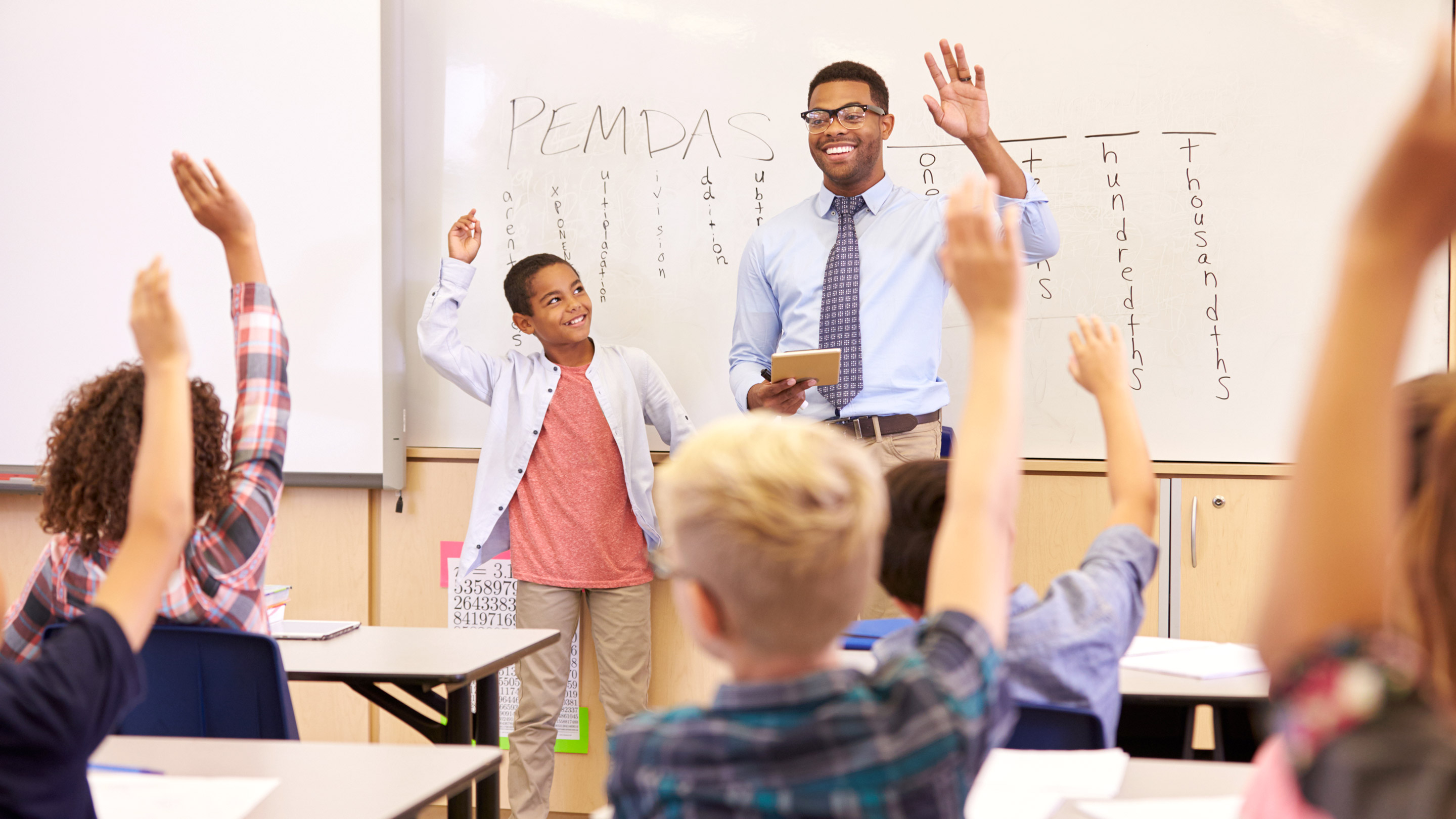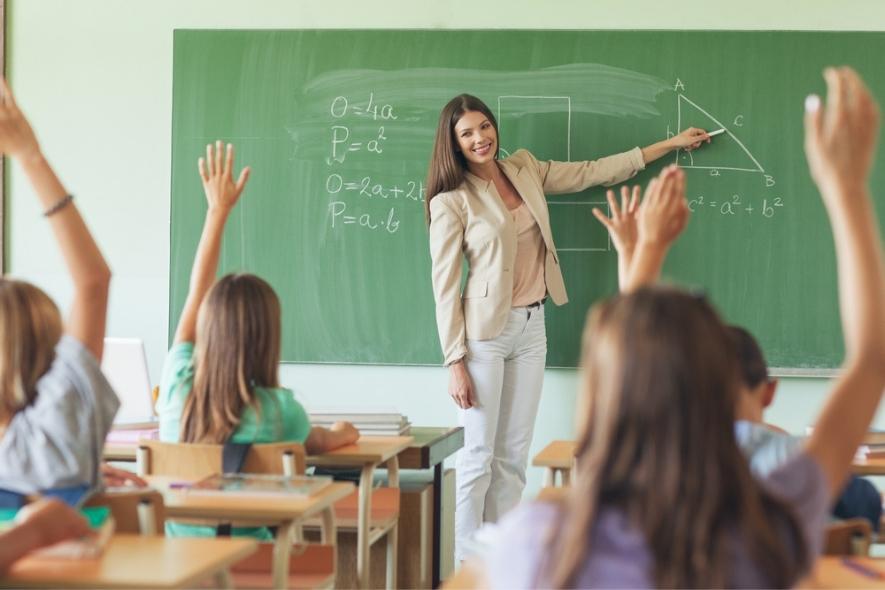Comprehensive Primary Science Tuition Singapore for Primary School Students
Comprehensive Primary Science Tuition Singapore for Primary School Students
Blog Article
Checking Out the Various Mentor Techniques in Main Scientific Research Education Today
The landscape of primary scientific research education and learning is advancing, with various mentor methods getting prestige in contemporary classrooms. Inquiry-based understanding, hands-on experiments, and the combination of technology are redefining exactly how educators engage young minds. In addition, collaborative methods and differentiated direction are being employed to satisfy the diverse requirements of trainees, boosting both interaction and understanding. As we check out these approaches, concerns emerge concerning their effectiveness and the ramifications for future instructional methods. What might these shifts in technique mean for the future generation of students?
Inquiry-Based Knowing
Inquiry-Based Understanding (IBL) is an instructional approach that urges students to discover clinical ideas with wondering about, investigation, and hands-on experimentation. This approach emphasizes the function of pupils as active individuals in their understanding, promoting essential reasoning and analytic abilities. By engaging with real-world concerns, pupils come to be interested and determined, which improves their understanding of scientific principles.
In IBL, educators serve as facilitators, guiding students as they navigate their inquiries instead of delivering details straight. This student-centered technique permits differentiation, suiting different discovering designs and speeds. Trainees establish skills in creating hypotheses, designing experiments, and examining data, which are crucial for clinical literacy.
In addition, IBL cultivates collaboration amongst pupils, encouraging them to share ideas and findings. This cumulative questions promotes social abilities and a sense of area within the classroom. The process of query urges durability, as trainees find out to accept failure as a tipping rock toward understanding.
Hands-On Experiments
Hands-on experiments are an essential element of efficient science education, complementing the concepts of inquiry-based knowing. These experiments allow trainees to involve straight with scientific ideas, cultivating a much deeper understanding through experiential discovering. By controling products and observing results, young students can realize abstract theories in substantial methods.
Such tasks promote critical reasoning and analytical abilities, as pupils hypothesize results, conduct experiments, and analyze outcomes. This process motivates them to ask inquiries, improve their understanding, and create a scientific frame of mind. Furthermore, hands-on experiments can be tailored to diverse learning designs, ensuring that all pupils have the chance to engage meaningfully with the web content.
Moreover, hands-on experiments typically encourage partnership amongst peers, advertising teamwork and communication abilities. Functioning in teams allows students to share ideas, go over findings, and learn from one an additional, which boosts their overall educational experience.
Incorporating hands-on experiments right into the main scientific research educational program not just improves the finding out environment however additionally cultivates a lifelong passion in science. By proactively getting involved in their education and learning, pupils are more probable to establish an interest for clinical query that prolongs beyond the class.

Modern Technology Assimilation
Integrating modern technology right into key science education has actually come to be significantly important in fostering pupil involvement and improving finding out end results. Making use of electronic tools, such as interactive simulations, virtual labs, and instructional software, offers students with chances to discover scientific principles in innovative ways. These sources assist in a much deeper understanding of intricate subjects by enabling learners to picture and control variables that would certainly be impractical in a typical classroom setting.
Furthermore, innovation assimilation motivates personalized finding out experiences. Trainees can advance at their find here own pace, revisiting difficult ideas with multimedia resources, which accommodate various understanding styles. This adaptability not just supports individual growth yet additionally grows a feeling of freedom in learners.
Furthermore, technology acts as a bridge to real-world science, linking pupils with present research study and professional contributions. Accessibility to clinical journals and on-line data sources widens students' point of views on scientific questions and promotes important thinking skills.
Collaborative Learning
Collective learning plays a crucial function in key scientific research education by promoting team effort and interaction abilities amongst trainees. This method motivates students to collaborate, share expertise, and engage in analytic, which boosts their understanding of clinical principles. By taking part in team tasks, students discover to articulate their ideas, listen to diverse point of views, and work out services, all of which are essential skills in both academic and real-world contexts.

Research study suggests that joint understanding can cause enhanced inspiration and engagement in scientific research subjects, as pupils discover pleasure in shared experiences (primary science tuition Singapore). Furthermore, this technique prepares trainees for future joint endeavors, equipping them with the abilities essential for effective team effort in college Web Site and expert environments. Eventually, welcoming joint understanding in main science education and learning can considerably improve the understanding experience and advertise a much deeper understanding of scientific query
Set Apart Instruction

Set apart guideline can show up in various means, such as varying the web content, procedures, or items of learning. For example, educators may make use of tiered jobs that supply differing levels of intricacy, allowing trainees to work at their corresponding preparedness degrees. Additionally, flexible organizing methods can assist in cooperation among students with various abilities, fostering peer discovering.
Assessment plays a crucial role in this method, as it notifies guideline and aids instructors understand each student's one-of-a-kind requirements. Developmental analyses, such as quizzes and observations, can lead educators in adjusting their approaches to boost finding out outcomes. primary science tuition Singapore. Ultimately, by applying distinguished guideline in primary scientific research education and learning, educators can grow a more fair and efficient knowing setting, empowering all students to reach their full potential in recognizing scientific phenomena
Conclusion
In summary, the varied teaching methods in main scientific research education and learning, consisting of inquiry-based learning, hands-on experiments, technology combination, collaborative understanding, and distinguished instruction, jointly add to a much more efficient understanding setting. These methods advertise crucial reasoning, problem-solving abilities, and a much deeper understanding of scientific principles. By carrying out these approaches, teachers can develop supportive and appealing classrooms that deal with the different requirements of pupils, inevitably promoting a long-lasting rate of interest in science and boosting scholastic achievement.
Inquiry-Based Understanding (IBL) is an instructional approach that motivates students to explore clinical concepts through doubting, investigation, and hands-on testing.Joint understanding plays a crucial duty in primary scientific research education and learning by cultivating team effort and communication abilities among students.Study indicates that joint understanding additional info can lead to boosted motivation and engagement in science topics, as trainees discover pleasure in shared experiences.In fostering an inclusive learning environment, distinguished guideline emerges as a crucial approach to suit the varied demands and abilities of pupils in main scientific research education. Inevitably, by carrying out differentiated guideline in primary science education, teachers can cultivate a more reliable and fair understanding setting, equipping all students to reach their complete capacity in recognizing clinical sensations.
Report this page